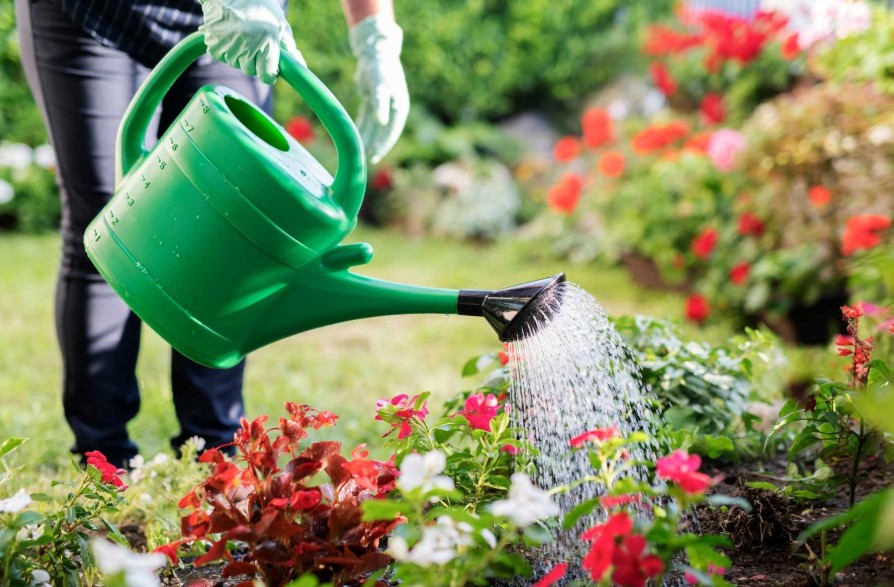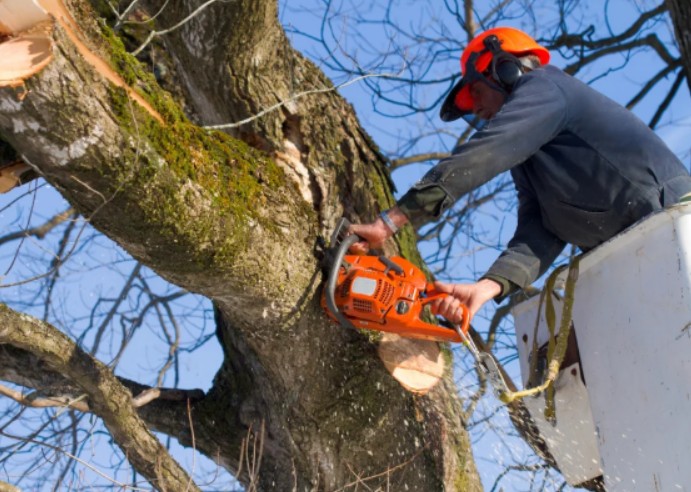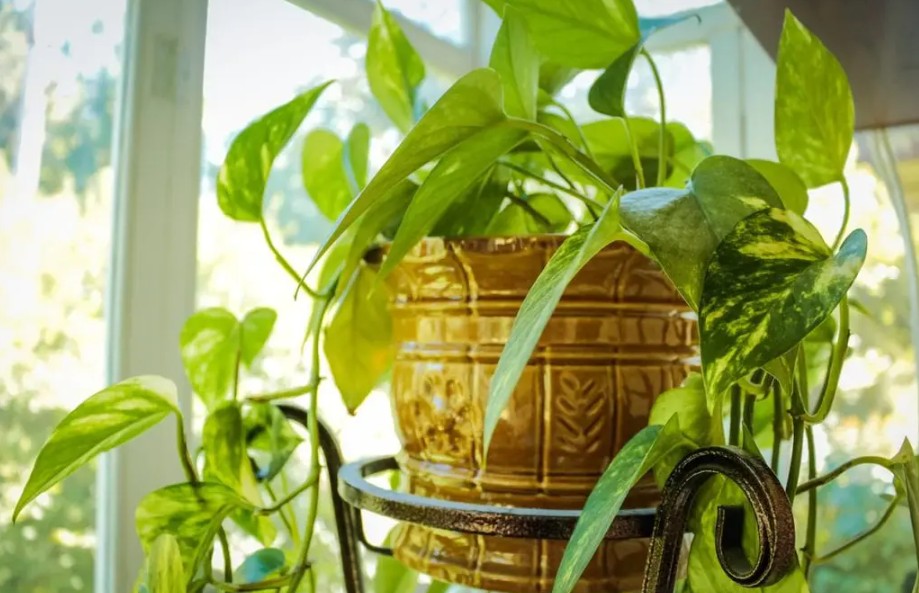Caring for Your Flower Garden: Lessons, Mistakes, and Practical Tips

I’ll be honest—when I first started my flower garden, I thought it would be a breeze. Plant some seeds, water them once in a while, and boom—instant cottage garden vibes, right? Yeah, no. What I ended up with was a patchy mess of wilting marigolds, leggy zinnias, and a whole lot of weeds that seemed to be thriving more than the flowers. But over the years, through a mix of trial, error, and a few embarrassing mistakes, I’ve picked up a lot about caring for flowers properly.
So if you’re feeling a little overwhelmed or maybe your flower bed isn’t quite Instagram-worthy yet, don’t stress. I’ve been there, killed more plants than I’d like to admit, and still ended up with a garden that actually makes me smile every morning. Here’s what I’ve learned about keeping a flower garden healthy, beautiful, and not-so-frustrating.
The Importance of Soil (Yeah, It Matters More Than You Think)
When I started, I figured soil was just dirt. I mean, dirt is dirt, right? Wrong. The first season, I planted petunias in this hard, clay-like soil behind my house. The poor things barely grew, and the flowers were so sad-looking. That’s when I learned that flowers aren’t picky just about sunlight but also about what’s under their roots.
The trick? Test your soil. Seriously, spend a few bucks on a soil test kit from the garden center. You’ll figure out if it’s too acidic, too alkaline, or just lacking nutrients. I found out mine was low in nitrogen, which explained why everything looked stunted. After that, I started mixing in compost—just kitchen scraps and fallen leaves I let rot down—and the difference was night and day.
If you only remember one thing about soil: flowers love it loose, well-draining, and full of organic matter. If water puddles on top, roots are basically suffocating.
Watering: More Isn’t Always Better
Confession time—I drowned more flowers than I dried out. In the beginning, I thought watering every day was a good idea. But all I did was rot the roots. My pansies literally melted into the soil, and I was left wondering why they hated me.
Here’s what I finally figured out: flowers need deep, less frequent watering, not a constant sprinkle. It encourages roots to go deeper into the ground instead of staying shallow. So now I water thoroughly about twice a week (unless it’s scorching hot). I aim for the soil to stay moist about six inches down. A cheap moisture meter helped me stop guessing.
Another little hack—watering early in the morning is golden. It gives plants time to absorb moisture before the sun gets intense, and it helps prevent diseases that come from damp leaves sitting overnight. Evening watering seems convenient, but trust me, it invites mildew. I learned that the hard way after my snapdragons got covered in powdery white spots.
Sunlight: Not All Flowers Like a Tan
I used to think more sun meant happier flowers. So I planted impatiens in a full-sun bed, and within a week, they were crispy little skeletons. Turns out, impatiens are shade lovers. Meanwhile, sunflowers literally droop if they don’t get at least 6–8 hours of light.
The moral? Match your flowers to the conditions, not the other way around. Before planting, I started grouping flowers by their sun preferences—shade, partial sun, or full sun. Now my begonias chill happily under the tree while the marigolds hog the sunny border.
If you’re unsure, watch your garden for a day and notice where the sun falls. Morning light is gentler; afternoon light is harsh. Some flowers thrive on that heat, others won’t survive it.
Feeding Your Flowers Without Overdoing It
Fertilizer was another mistake of mine. I figured if a little was good, a lot must be better. Spoiler: I ended up with giant leafy plants and barely any blooms. My cosmos looked like they were training for a bodybuilding competition instead of flowering.
What I do now is simple: I use a balanced fertilizer (something like 10-10-10) once a month during the growing season. For flowering annuals, I sometimes switch to a bloom booster with more phosphorus because that encourages more buds. But I’ve learned not to go crazy with it—overfeeding just stresses the plants.
If you’re into the natural route, compost tea works wonders. It’s literally soaking compost in water, straining it, and then pouring it on the soil. Smells terrible, works like magic.
Deadheading: The Oddly Satisfying Chore
The first time someone told me to “deadhead” my flowers, I had no clue what they were talking about. Turns out, it’s just a fancy word for pinching or cutting off spent blooms. And wow, what a difference it makes.
I used to leave old flowers on my zinnias, thinking they’d just keep blooming. Nope—plants shift their energy into making seeds instead of more flowers. Once I started deadheading regularly, the difference was insane. My geraniums practically exploded with fresh blooms.
It’s oddly therapeutic too, kind of like giving the garden a haircut. I usually grab a cup of coffee in the morning and just snip away at whatever looks tired. Not only does it keep the garden looking neat, but it really does extend the bloom time.
Mulching: My Garden’s Secret Weapon
For years, I thought mulch was just about looks. Like, yeah, the wood chips made the bed look tidy, but I didn’t realize how much it actually helped. Once I started using mulch properly, I kicked myself for not doing it sooner.
Mulch keeps the soil cool in summer, warm in winter, and it locks in moisture so you don’t have to water as much. Plus, it blocks weeds, which means less back-breaking pulling for me. I usually spread about 2–3 inches of shredded bark or straw around my plants, making sure not to pile it against the stems (that can cause rot).
The first summer I mulched, my coneflowers didn’t wilt nearly as fast, even during a brutal heatwave. And bonus—the garden looked like something out of a magazine.
Dealing With Pests Without Losing Your Mind
Okay, pests are the bane of my flower garden. One year, Japanese beetles demolished my roses. I’d walk outside, and they’d be partying all over the petals. I tried chemical sprays once, but honestly, I hated the idea of covering my flowers in toxins.
Now, I go with gentler methods. Handpicking beetles into a bucket of soapy water works better than you’d think. For aphids, a strong blast of water from the hose usually knocks them off. And I’ve fallen in love with beneficial insects—ladybugs and lacewings are like tiny garden superheroes.
Sometimes, I accept a little damage. The truth is, a flower garden isn’t going to be flawless, and that’s okay. The trick is balance, not obsessing over every bite mark.
Seasonal Care: Flowers Aren’t One-Season Wonders
One of the biggest lessons I learned is that flower gardening is a year-round thing. It’s not just spring and summer glory. Fall and winter matter too, especially if you want your beds to look good next year.
In the fall, I clean up dead plant matter to avoid diseases overwintering in the soil. I also plant spring bulbs like daffodils and tulips, which feels like hiding a little treasure for the future. In winter, I mulch heavier to protect roots from freezing.
Come spring, I prune perennials and refresh the soil with compost before planting annuals. It’s a cycle, not a one-and-done project. Once I started treating it that way, my flowers came back stronger every season.
The Joy of Learning From Mistakes
I won’t sugarcoat it—gardening can be frustrating. There were times I wanted to rip everything out and cover it with gravel. But honestly, every mistake taught me something. Overwatering, planting in the wrong spot, ignoring soil—it all added up to lessons that made me a better gardener.
And the best part? Walking outside in the morning now, coffee in hand, and seeing a riot of color that I nurtured myself. There’s something grounding and almost healing about it. Flowers don’t just brighten the yard—they brighten my mood.
Final Thoughts on Caring for Your Flower Garden
If you’re just starting, don’t expect perfection. Some plants will die, some will thrive, and you’ll scratch your head a lot. But that’s part of the fun. Pay attention to your soil, water deeply but not constantly, match flowers to the right sunlight, feed them sensibly, and don’t skip deadheading or mulching.
At the end of the day, flowers want to grow. You just need to give them the right conditions, and they’ll reward you with more beauty than you thought possible. And trust me, the little wins—like seeing your first rose bloom without any pests chewing it up—make every mistake worth it.
FAQ: Caring for Your Flower Garden
- How often should I water my flower garden?
It really depends on the season, your soil, and the type of flowers you’ve planted. In general, most flower gardens do best with a deep watering about twice a week, rather than daily sprinkles. The goal is to keep the soil moist about 6 inches down so roots grow deep and strong. A quick trick is to stick your finger in the soil—if it’s dry up to your knuckle, it’s time to water.
- What’s the best fertilizer for flowers?
A balanced fertilizer, like a 10-10-10 mix, works well for most flower beds. If you want more blooms, look for something with higher phosphorus (the middle number). Just don’t overdo it—too much fertilizer can lead to lush green leaves but very few flowers. For a natural option, compost tea or worm castings give flowers a steady, gentle boost without risk of burning their roots.
- How much sunlight do flowers really need?
Most flowering plants love at least 6 hours of direct sunlight a day. But not all flowers are sun-worshippers. Shade-loving varieties like impatiens, hostas, and begonias prefer dappled light or morning sun only. If you’re unsure, check your garden throughout the day—watching where the sun hits helps you decide what plants belong where.
- Do I need to mulch my flower garden?
Mulching isn’t absolutely required, but it makes your life a lot easier. A 2–3 inch layer of mulch keeps soil moist, suppresses weeds, and protects roots from extreme temperatures. Plus, it gives the garden a tidy, finished look. Just remember not to pile mulch directly against plant stems, since that can trap moisture and cause rot.
- What flowers are easiest for beginners to grow?
If you’re new to gardening, start with tough, low-maintenance blooms. Marigolds, zinnias, and sunflowers are almost foolproof. Perennials like daylilies and coneflowers also thrive with little care once they’re established. These flowers forgive a few mistakes and still reward you with cheerful color all season long.
- How do I keep pests away from my flowers naturally?
Natural pest control is all about balance. Encourage beneficial insects like ladybugs, lacewings, and bees—they eat harmful bugs and pollinate at the same time. For small infestations, spray flowers with a strong blast of water to knock off aphids or beetles. Neem oil and insecticidal soap are gentle options too. And honestly, a little nibbling here and there is normal—it’s only a problem if pests take over.
- Should I cut back flowers when they stop blooming?
Yes, and this is called deadheading. By removing faded blooms, you’re signaling to the plant to put energy into producing more flowers instead of seeds. For perennials, cutting them back after blooming can also keep the plant healthier and sometimes even encourage a second round of flowers.
- What’s the secret to a flower garden that blooms all season?
The real trick is planning ahead with a mix of early, mid, and late-blooming plants. For example, tulips and daffodils give you spring color, zinnias and daisies thrive in summer, and mums or asters shine in the fall. Combine annuals (which bloom all season) with perennials (which come back each year) so your garden always has something in bloom.
- Can I grow flowers in containers instead of in the ground?
Absolutely! Container gardening is perfect if you have limited space or poor soil. Just pick a pot with good drainage holes, use high-quality potting mix, and water more often since containers dry out quicker. Petunias, geraniums, and pansies do especially well in pots. Bonus—you can move them around to chase the sun or decorate your patio.
- What’s the biggest mistake beginners make in flower gardening?
Honestly? Overwatering and planting in the wrong spot. Both mistakes come from good intentions but usually end with wilted plants. Take time to learn your soil, match plants to the right amount of sunlight, and water deeply but not constantly. Once you nail those basics, the rest is just fine-tuning.







